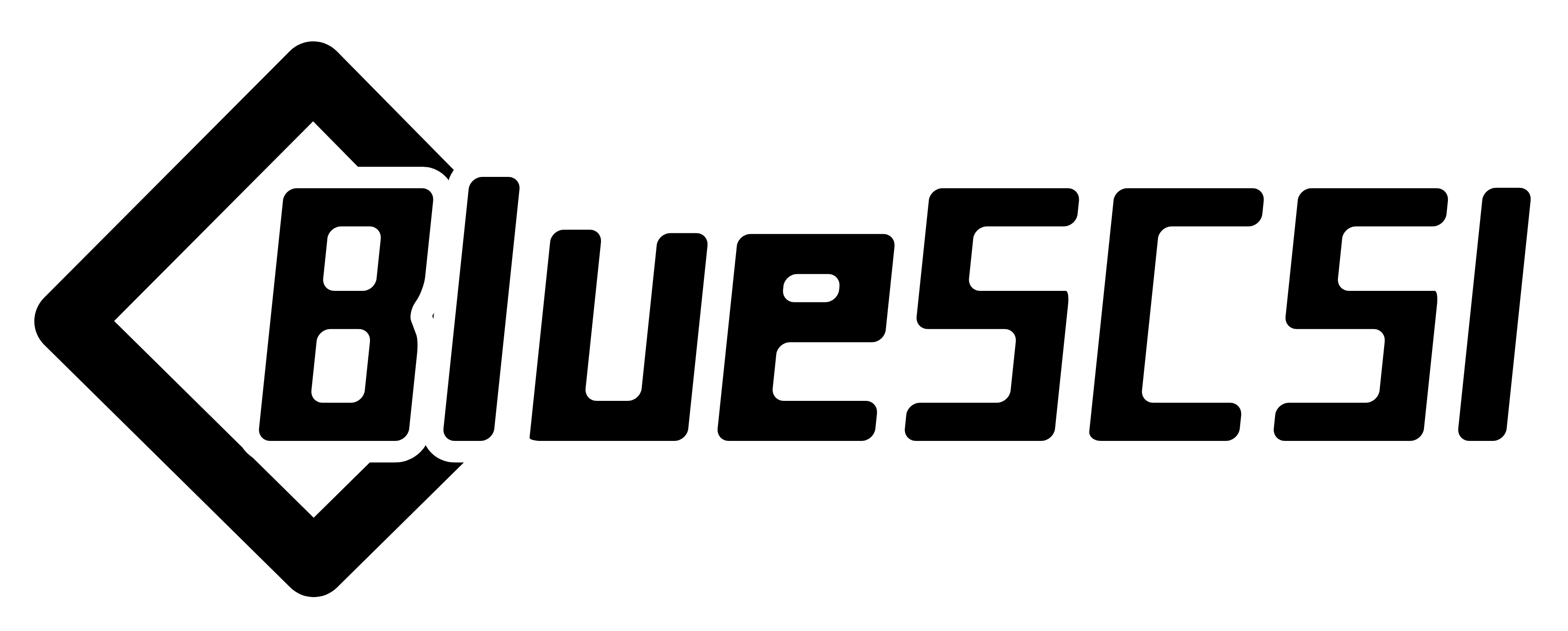-
Notifications
You must be signed in to change notification settings - Fork 37
Initiator Mode
"Initiator" is the SCSI term for a "Host Device", or "The device which initiates communication on the SCSI bus". For reference, "Target" is the SCSI term for a device like a Hard Drive, CD-ROM, Tape Drive, etc. A Target is the device which the Initiator is attempting to communicate with.
The Initiator can be a Mac, PC, Amiga, SCSI add-in card, etc. It can even be SCSI hard drives on occasion in later versions of SCSI.
This allows you to directly connect your 2023.09a later 50 pin Desktop version BlueSCSI to a vintage SCSI drive and copy data from it without needing a bootable "Host Device". So you can directly take a "Drive Image" so to speak, straight onto BlueSCSI. Significant changes were necessary to enable Initiator Mode, and it does not work with older hardware versions. It is not expected for Initiator Mode support to be added to other hardware styles due to the higher complexity and manufacturing cost.
Initiator Mode has been tested to copy data between BlueSCSI devices, and a few hard drives have been tested as well. Support for Tape Drives and other Targets is currently unknown, and would require test devices.
- Initiator Mode requires a Desktop BlueSCSI version 2023.09a or 2023.10a or later.
- Use the latest firmware.
- On your SD card, create a file named
bluescsi.iniwith the following contents:
[SCSI]
InitiatorMode=1- Install the SD card into BlueSCSI
- Move the jumper labeled
InitiatorandTargetto theInitiatorside - Install a jumper on the standalone
Initiatorjumper near a screw hole toward the middle of the board (by C21, C15) - Connect your BlueSCSI to the Target device of your choosing (probably a hard drive), using any necessary SCSI connector adapters
- Remember termination considerations, both ends of the bus need to be terminated
- Some Target devices can terminate the bus, but require Termination Power to do so
- BlueSCSI can send power to the Termination Power line with the
Back Feedjumper set, when powered via the floppy power connector or USB-C (2023.09a only). 2023.10a can be powered via MicroUSB on the Pico stick. - BlueSCSI has a built-in terminator that can terminate one side of the bus, set
TRM_ONby the SCSI connector
- Power your Target with whatever setup is necessary (Old ATX power supplies are handy for this, as they usually also include a floppy power connector)
- Apply Power to BlueSCSI
- Power can be via USB, SCSI Bus (if target device supplies TERM Power), or the Berg(floppy type) connector on the BlueSCSI
- BlueSCSI will now scan the bus for Targets
- During Target scan, the Pico stick LED will blink regularly
- It can take some time to scan for Targets, especially older hard drives which take awhile to respond
- You can connect a USB cable and open a Terminal to see realtime output.
- When a Target device is discovered by BlueSCSI, the drive image process starts
- The Pico stick LED will blink more rapidly during data copy
- Testing has achieved up to 3 megabytes per second of transfer speed during data copy, but this will vary substantially per Target device
- After data copy is complete, the Pico onboard LED will blink slowly again and continue scanning the bus until power is removed
- Assuming there is only one Target device on the bus (multiple are supported), after the fast blinking stops and slow blinking is seen again power can be removed at any time
- If you have several Targets, it's best to wait for at least 30 seconds of slow blinking before removing power from everything to ensure that BlueSCSI has started and completed the copy process across all Targets
On your SD card, there will be a new file named HDX0_imaged.hda, where X is the SCSI ID of your Target device. And the log.txt file will contain information about the drive's capacity, sectors read, and an approximate read speed.
To use BlueSCSI as a Target again, the two jumpers must be moved back. Remove the standalone Initiator jumper and switch the other jumper back to the Target side.
Removable devices such as CD's or Zip disks will eject after imaging. New media can be inserted and will be imaged.
Expect broad compatibility with SCSI Hard Disks. If you find one that doesn't work please open an issue with a debug log.
The following drives have been imaged with Initiator Mode successfully. Reports of successful drive imaging are appreciated.
- IBM DPSS-309170 (SCSI-3)
- Iomega Zip 100 (Power the drive on after the BlueSCSI is powered)
- Iomega Zip 250 Model Number Z250S (We found we had to remove BlueSCSI termination and terminate the Zip drive for it to work)
- Quantum ProDrive
- Quantum Fireball
- Quantum CTS80S
- Quantum XP34300
- IBM 4GB OEM (Apple)
- Conner CP30175E
- Conner CP3040A
- Digital RZ23 / Conner CP3100D
- IBM Type DCHS
- Maxtor 73455SR
- Seagate ST-296N
- Seagate ST-138N
- Seagate ST-157N
- Seagate ST-1096N
- Seagate ST-32151N
- Seagate ST-3283N
- Seagate ST-150176LC
- Fujitsu M2513A6 640MB 3.5-inch Magneto Optical Drive (tested with 128MB and 230MB MO Disks)
- Fujitsu MCJ3230SS 2.3GB 3.5-inch Magneto Optical Drive (tested with 128MB and 230MB MO Disks)
- NEC CD-3010A CD-ROM Drive
- Plextor CD-RW Model PX-W4012TS
- MiniScribe 20
- SCSI2SD
- Conner CP2105S
- Iomega Jaz 2GB Model number V2000S (tested with 1GB Jaz disk)
- Insite I325VM Floptical (tested with 1.44MB floppy)
- Seagate ST-1480N
- Seagate ST-12550N
